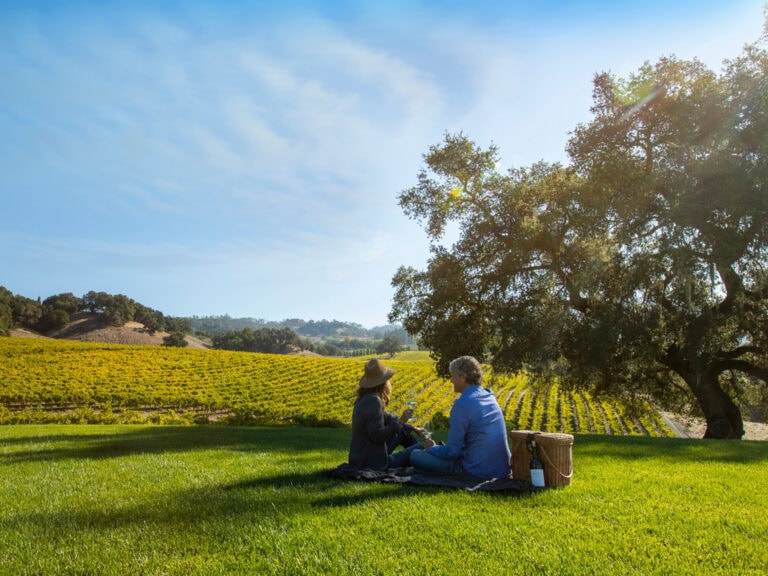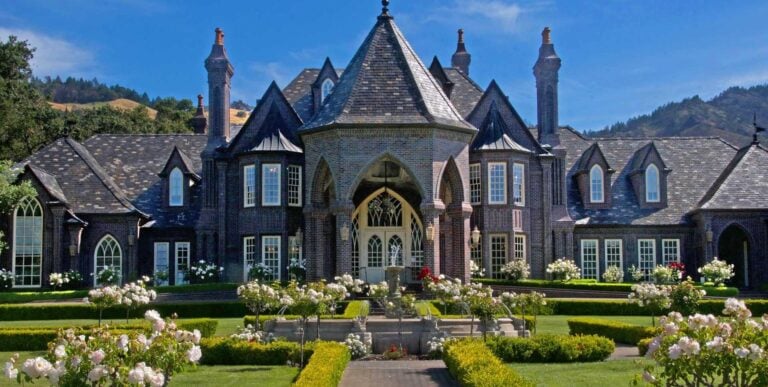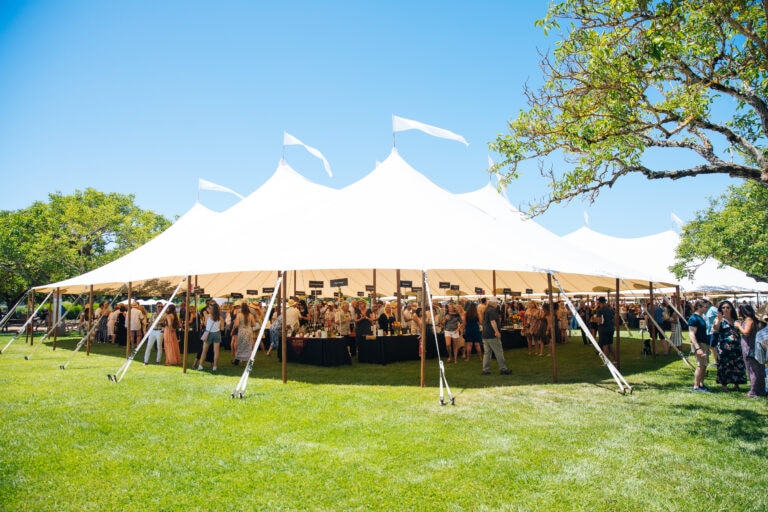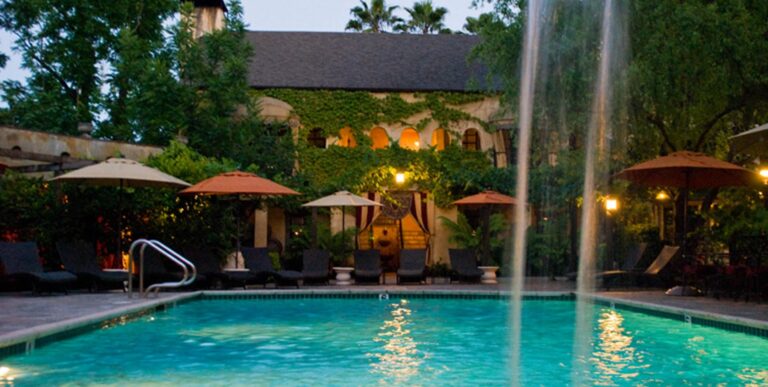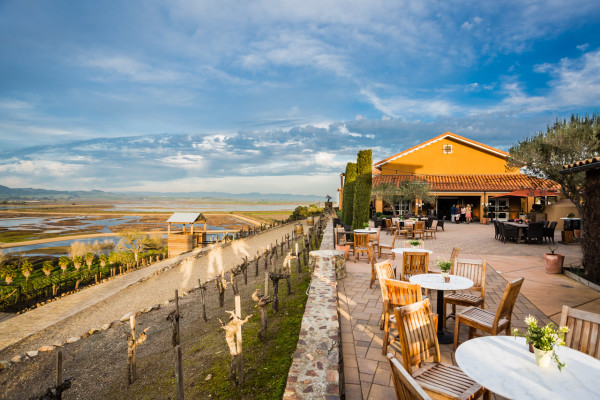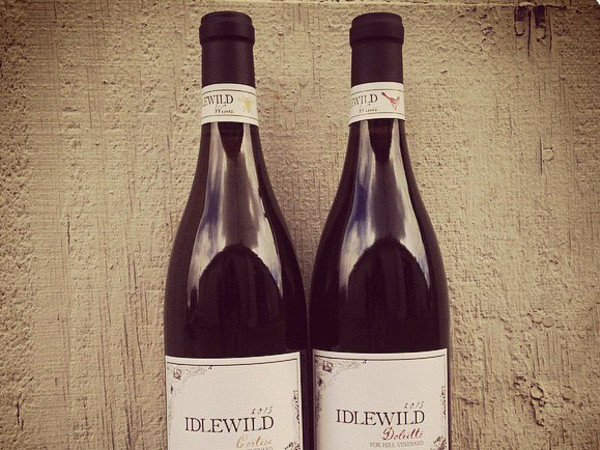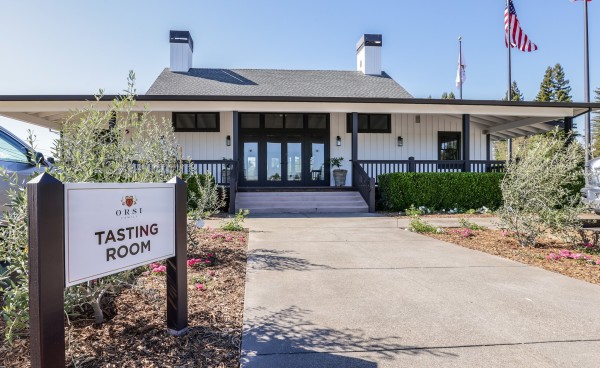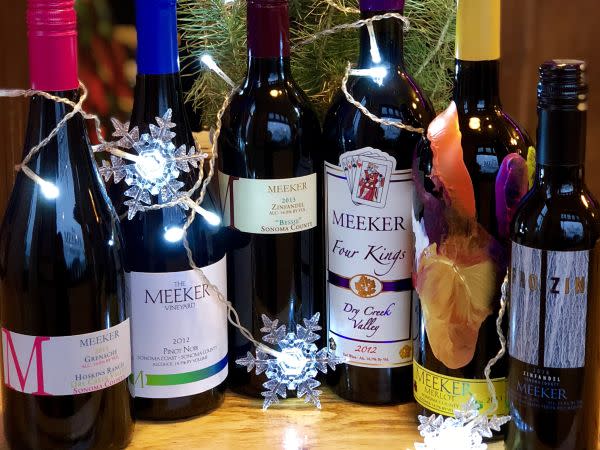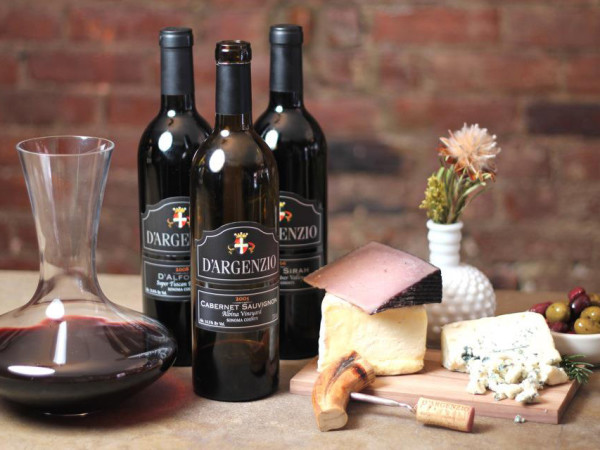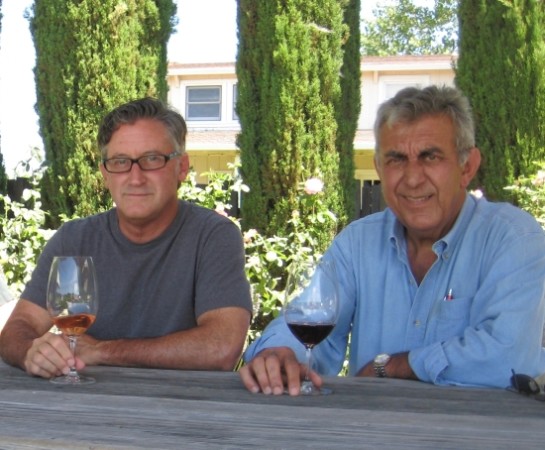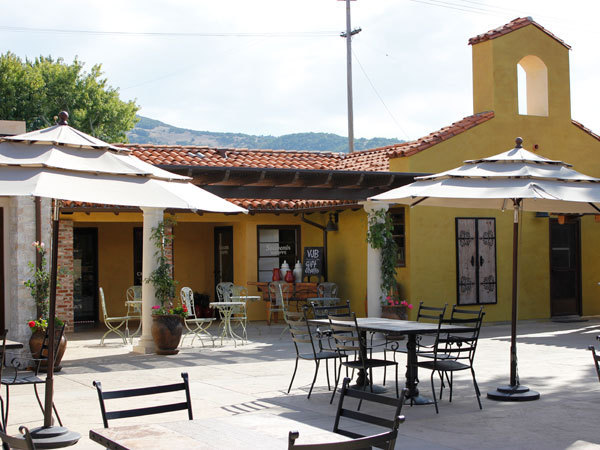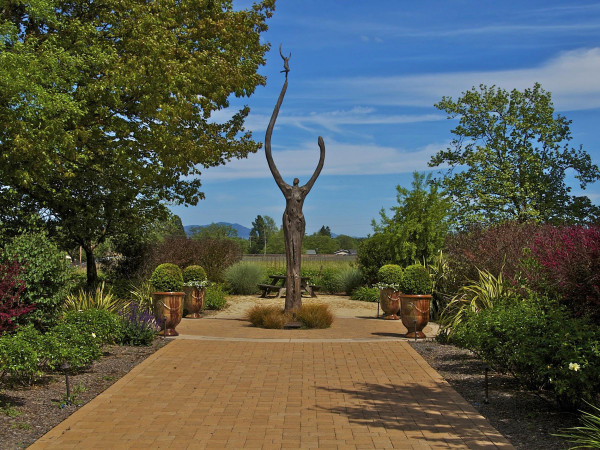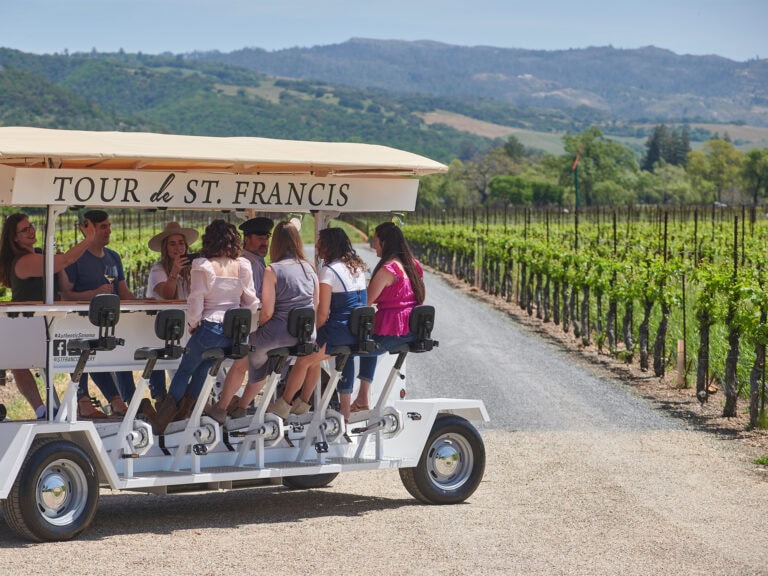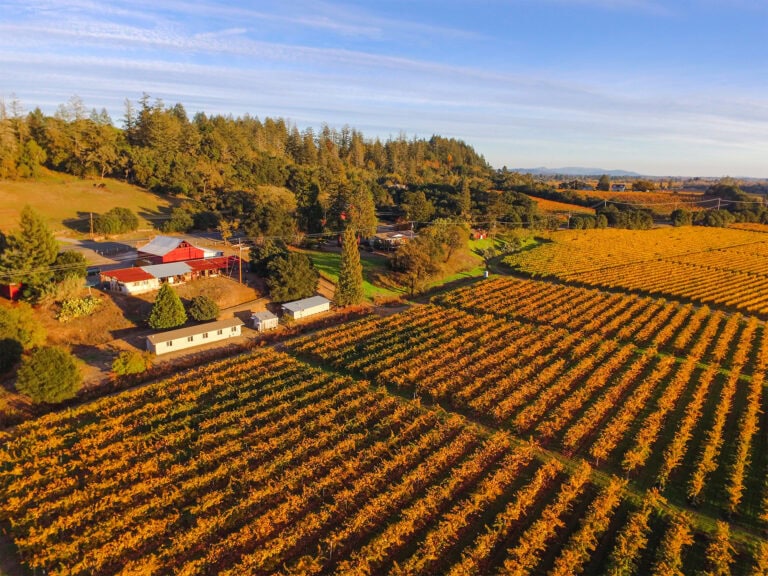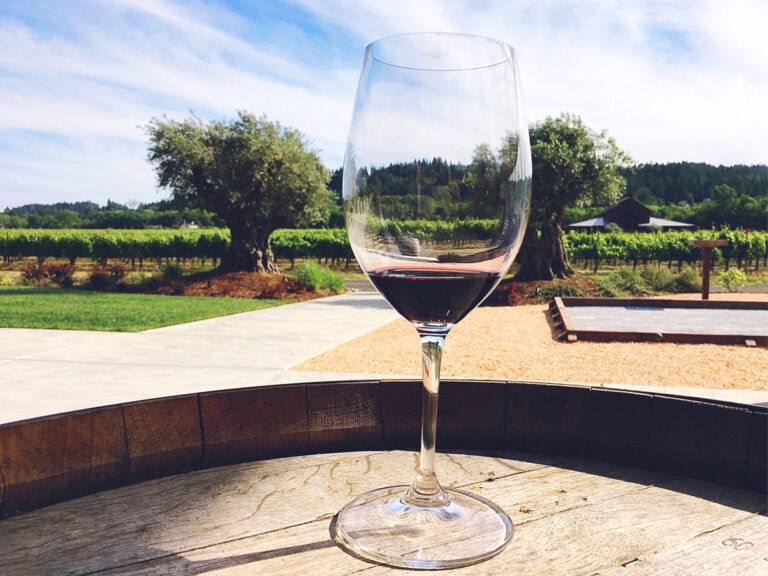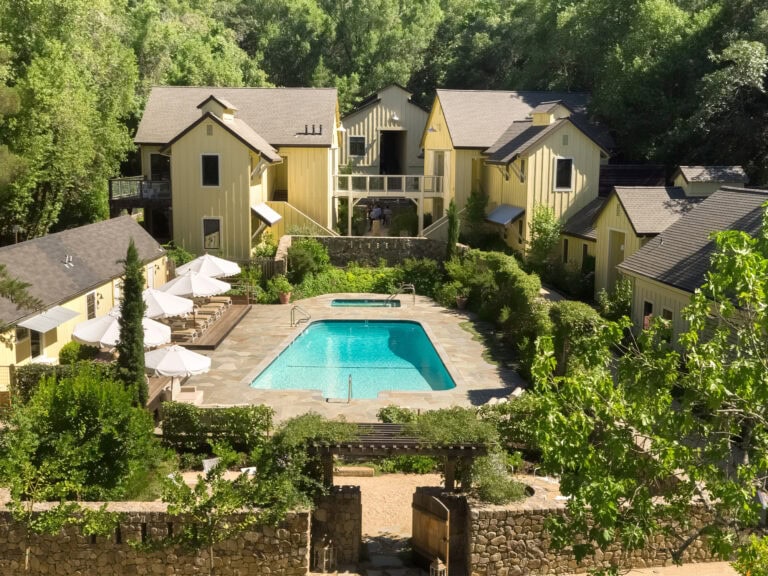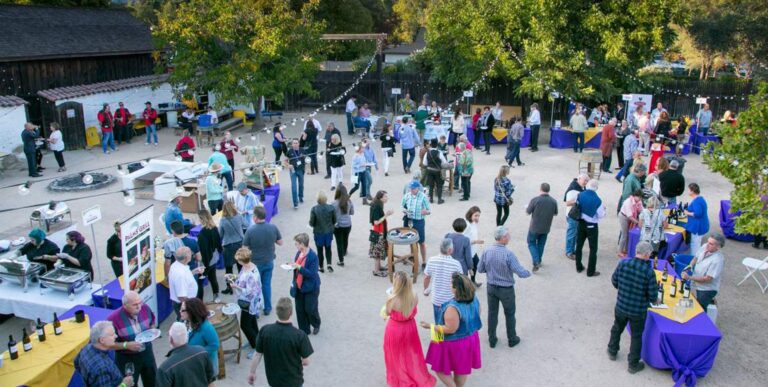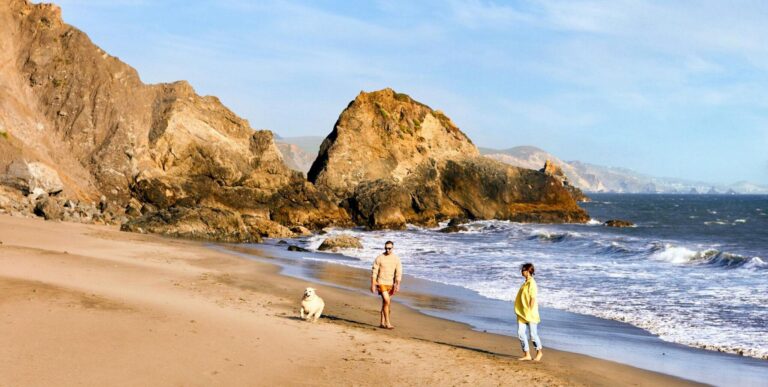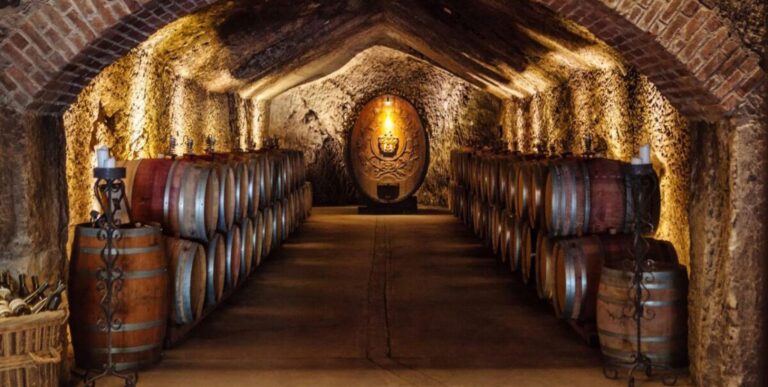Rare Italian Wine Grape Varietals in Sonoma County
Biancollella, Cortese, Erbaluce, Freisa, Ribolla Gialla, Sagrantino …
Are you familiar with these grapes? If not, you are not alone! These are just a few of the incredibly unique or rarely planted Italian grapes being grown in Sonoma County.
While the most-commonly produced wines in Sonoma County (by grape) are Chardonnay, Pinot Noir, Cabernet Sauvignon, Sauvignon Blanc, Zinfandel, and Merlot, there are more than 60 grape varieties grown here, plus a handful more just north in Mendocino County. Italian grape varieties such as Sangiovese were planted by Italian immigrants in Sonoma County as early as the late-1800s, and there has always been a strong Cal-Italian focus in Sonoma County, as so many wineries or winemakers either come from Italian descent or simply love Italian wines.
Over the decades, vineyards have gotten more and more adventurous, planting grapes that are rare even in their countries or regions of origin, or that have never been planted in the U.S. before. The reasons for this vary. Some vineyards/winemakers simply love to experiment with unique grapes or want to produce wines reminiscent of the wines they love from Italy. Others choose grapes that are native to hot climates (such as southern Italy) in an effort to find the right grapes to plant to combat the effects of climate change.
If you enjoy seeking out unique wines, expanding your palate, and learning about different grape varieties, use this list as a guide to wineries growing and/or making wines from unique or rarely seen Italian varieties.
Please note: Tasting menus change regularly and many of these wines are made in very small quantities so they may only be available for sale or may even be sold out depending on the time of year. We recommend checking with the winery in advance if there’s a specific wine you are hoping to taste when you visit.
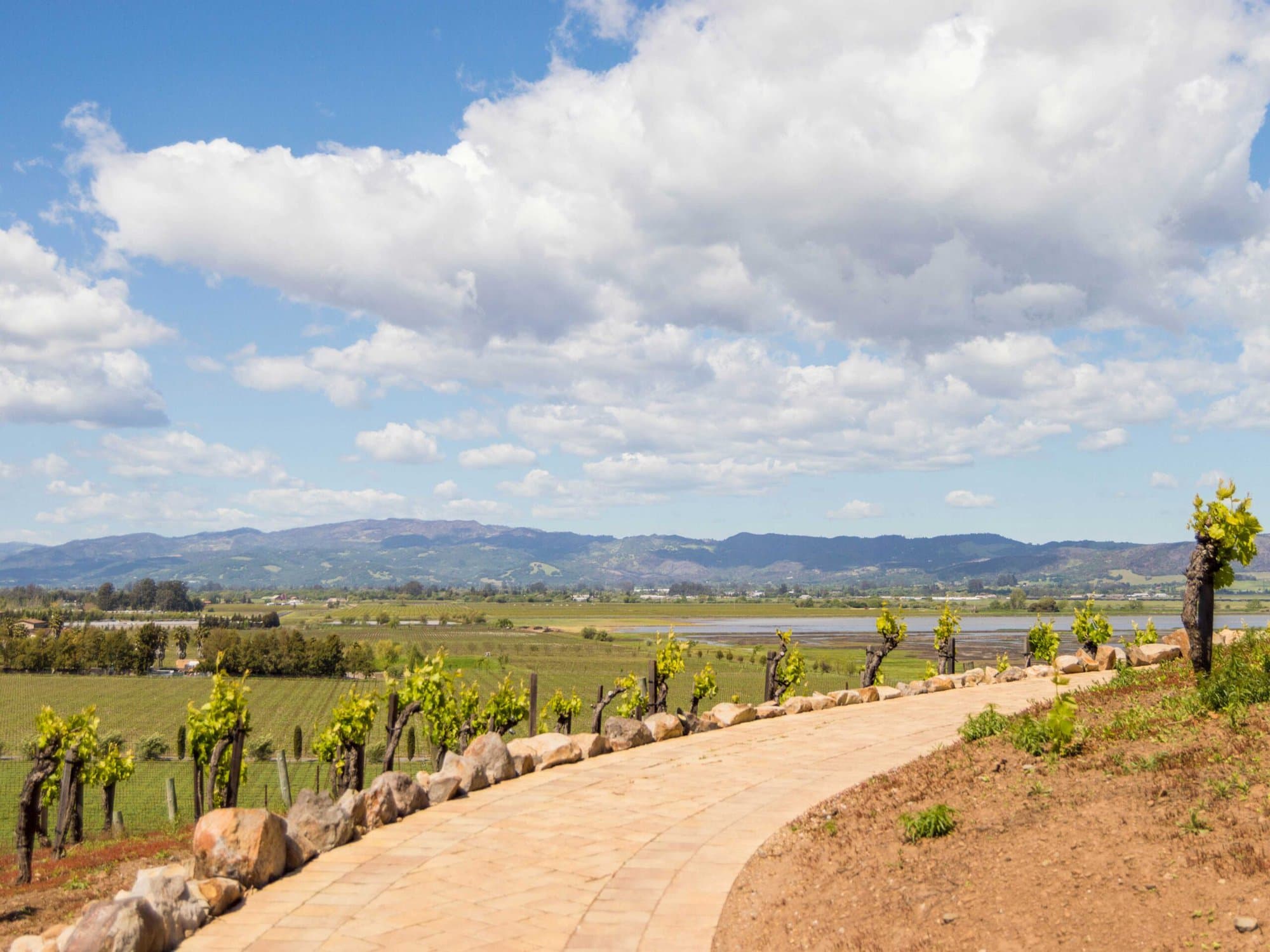
Arneis
Native to the Piedmont region of northern Italy (and grown primarily in the Roero region of the Langhe), Arneis normally produces light- to medium-bodied dry white wines. If we had to compare Arneis to other white wines, we’d say it’s similar in body mouthfeel to an Albarino and similar in body, style, and/or acidity to a Vermentino. Very little Arneis is grown in Italy, and even within the grape’s home region of Piedmont, there isn’t a large amount of Arneis produced (particularly compared to the more prevalent red wines of the region). Within the U.S. it’s even more rare.
Wineries that make an Arneis in Sonoma County: Idlewild Wines, Viansa Winery
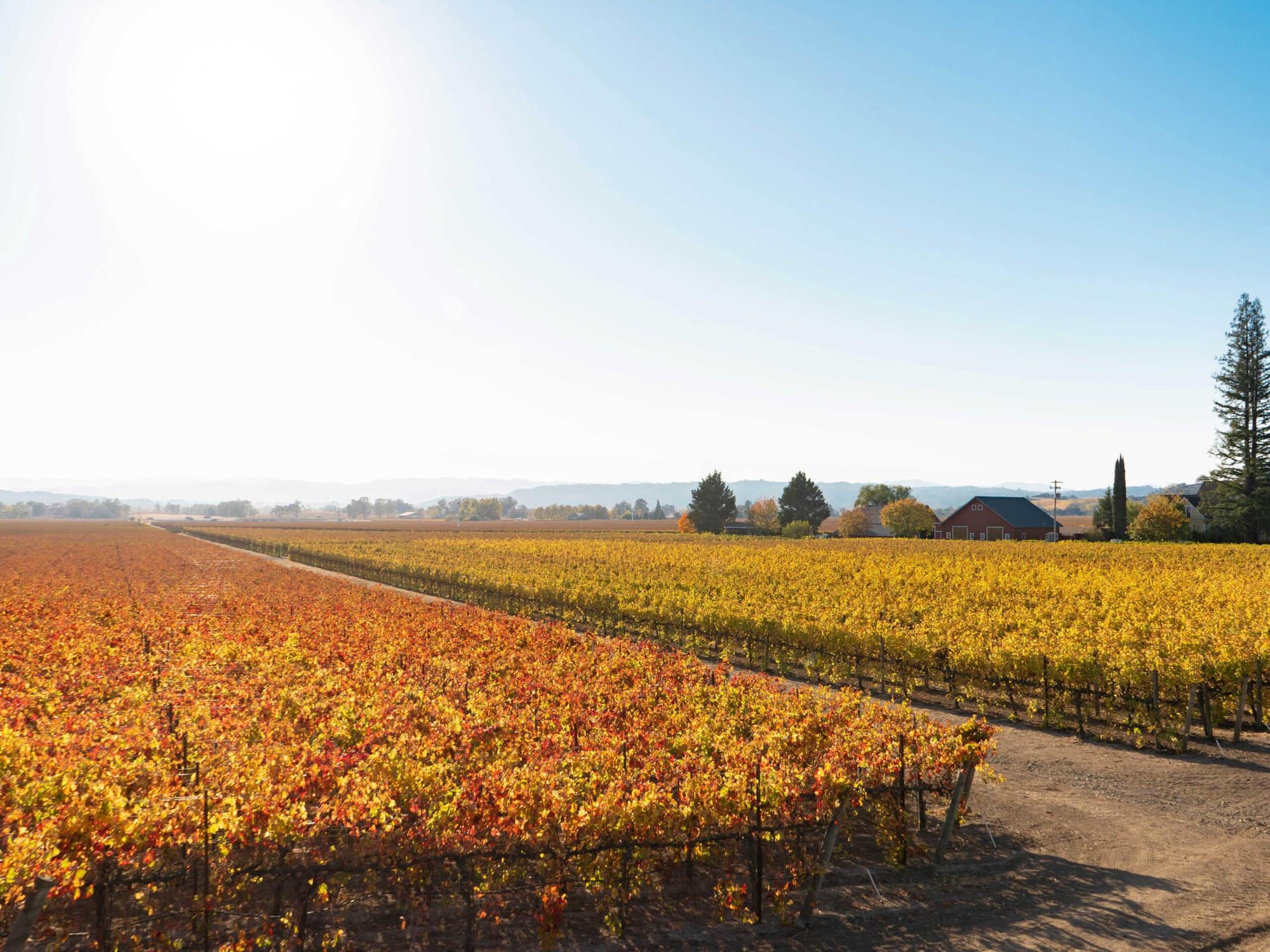
Biancolella
Thought to have originated in Greece, Biancolella is a grape grown today mainly in the Campania region of Italy. Used to make both blends and varietal wines (Biancolella wines made on the island of Ischia are thought to be the best expressions of the grape), Biancolella produces white wines that are very light in body with faint white fruit aromas and flavors, though with a lean, almost nutty finish (marcona almonds or skinned hazelnuts come to mind) rather than a fruity or acidic finish. This type of white “island” wine in Italy is most often paired with fresh seafood, grilled fish, and grilled vegetable antipasti, which work well with very dry, very light-bodied white wines that have good minerality even without high acidity.
Wineries that make a Biancolella in Sonoma County: Orsi Family Vineyards
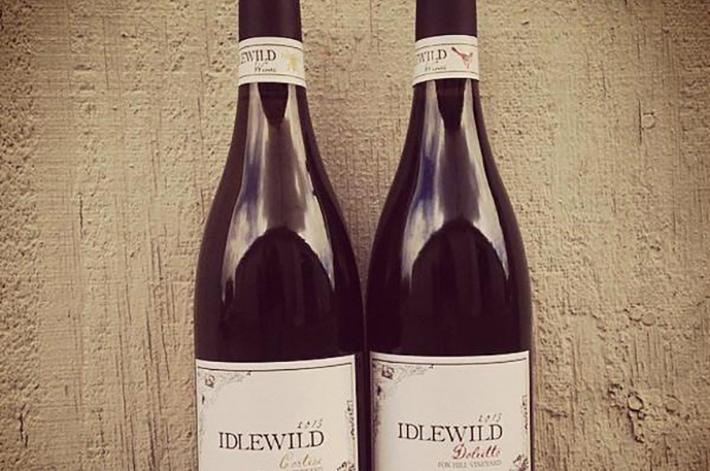
Cortese
Of unknown origin, Cortese is most commonly found in the Piedmont region but there are also plantings in the Lombardy and Veneto regions of northern Italy. The white Italian wine most often associated with Cortese is Gavi (produced in the Gavi region of Alessandria in Piedmont), a lean and light-bodied white wine with moderate to high acidity and nice minerality that pairs excellently with seafood. If you like lean, crisp white wines, you’ll want to give Cortese a try.
Wineries that make a Cortese in Sonoma County: Idlewild Wines
Erbaluce
Native to the Piedmont region of northern Italy, Erbaluce is a grape rarely if ever seen in the U.S. and produced only in small amounts even in its home region, where red wines dominate the landscape. However, Erbaluce has a long history in Piedmont, with records showing evidence of plantings in the region as early as the 1600s. Erbaluce is used to make both dry and sweet wines. When dry, the wines tend to be mineral driven with bright acidity (versus fruity). When used in sweet wines, Erbaluce is typically used to make passito-style dessert wines, which are made with grapes that have been dried for months in the sun before being pressed, resulting in a thick, sweet wine.
Wineries that make an Erbaluce in Sonoma County: Idlewild Wines
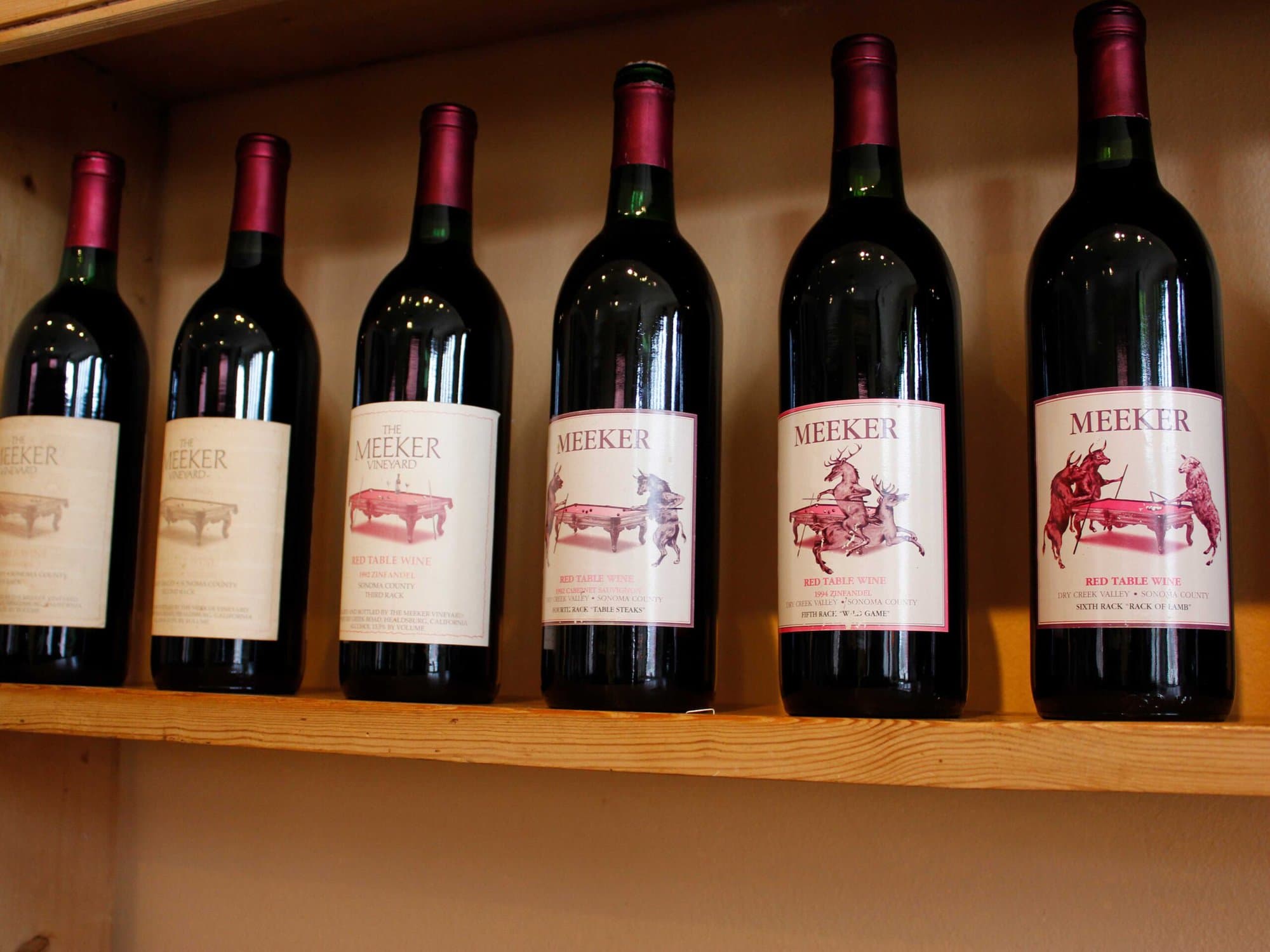
Dolcetto
Another native Piedmont grape, Dolcetto is one of the most widely planted red grapes in its home region in northern Italy. The grape is known for producing soft, fruity, every-day-drinking red wines with moderate tannins (which don’t overpower, as most Dolcetto doesn’t receive new oak) and a good amount of acidity, making it easy to pair with all types of food. It’s a medium-bodied red that’s hefty enough to pair with a heavier dish, yet light enough to pair with lighter fare. This grape is rarely planted in the United States. The wineries producing a Dolcetto in Sonoma County normally source their fruit from Mendocino County, though there’s a small amount of Dolcetto planted in Sonoma County.
Wineries that make a Dolcetto in Sonoma County: Meeker Vineyard, Idlewild Wines, D’Argenzio Winery
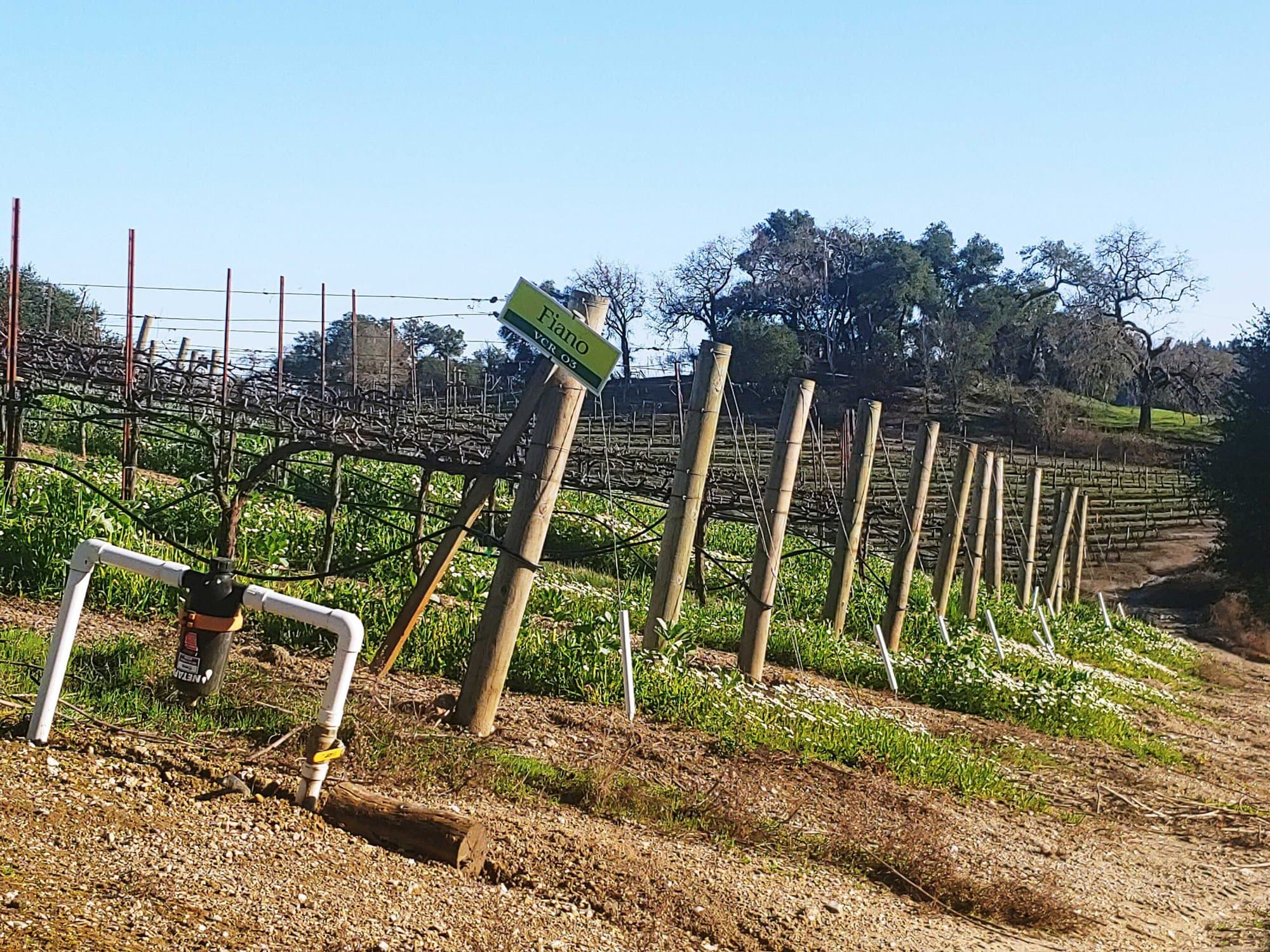
Fiano
Grown primarily in southern Italy in the region of Campania (where the best-known wines from this grape, “Fiano de Avellino,” are made), Fiano is a white grape that produces dry wines with notable minerality and acidity. While wines made from Fiano can have the impression of being light, bright, and crisp, there is a mid-palate weight and slightly fuller mouthfeel that differentiates Fiano wines from even lighter-bodied “drink now” wines like Pinot Grigio. Unusually, Fiano tends to open up and become fruitier after a year or two in the bottle versus lessening in freshness or becoming tired. Characteristic descriptions of Fiano include pears, white floral notes, hazelnuts, citrus, and a “waxy” texture.
So little Fiano is planted in California that it isn’t even included in California’s annual wine grape acreage reports. Yet there are a small handful of wineries in California growing or making Fiano including a couple of Sonoma County wineries that we think are making the best examples in the state.
Wineries that make a Fiano in Sonoma County: Unti Vineyards, Orsi Family Vineyards
Freisa
Native to the Piedmont region, Freisa is a relative of Nebbiolo and was once prominently planted only to end up almost extinct until a recent renewed interest in the varietal prompted a comeback. While still planted in small quantities compared to other Piedmontese red grapes like Nebbiolo, Barbera, and Dolcetto, Freisa is starting to gain more recognition as a grape that has the potential to produce fine wines. The wines are especially known for their uniquely delicate floral and red fruit characters (think violet and strawberry or rose petals) and surprisingly grippy tannins, making this a somewhat difficult grape to work with.
Wineries that make a Freisa in Sonoma County: Idlewild Wines
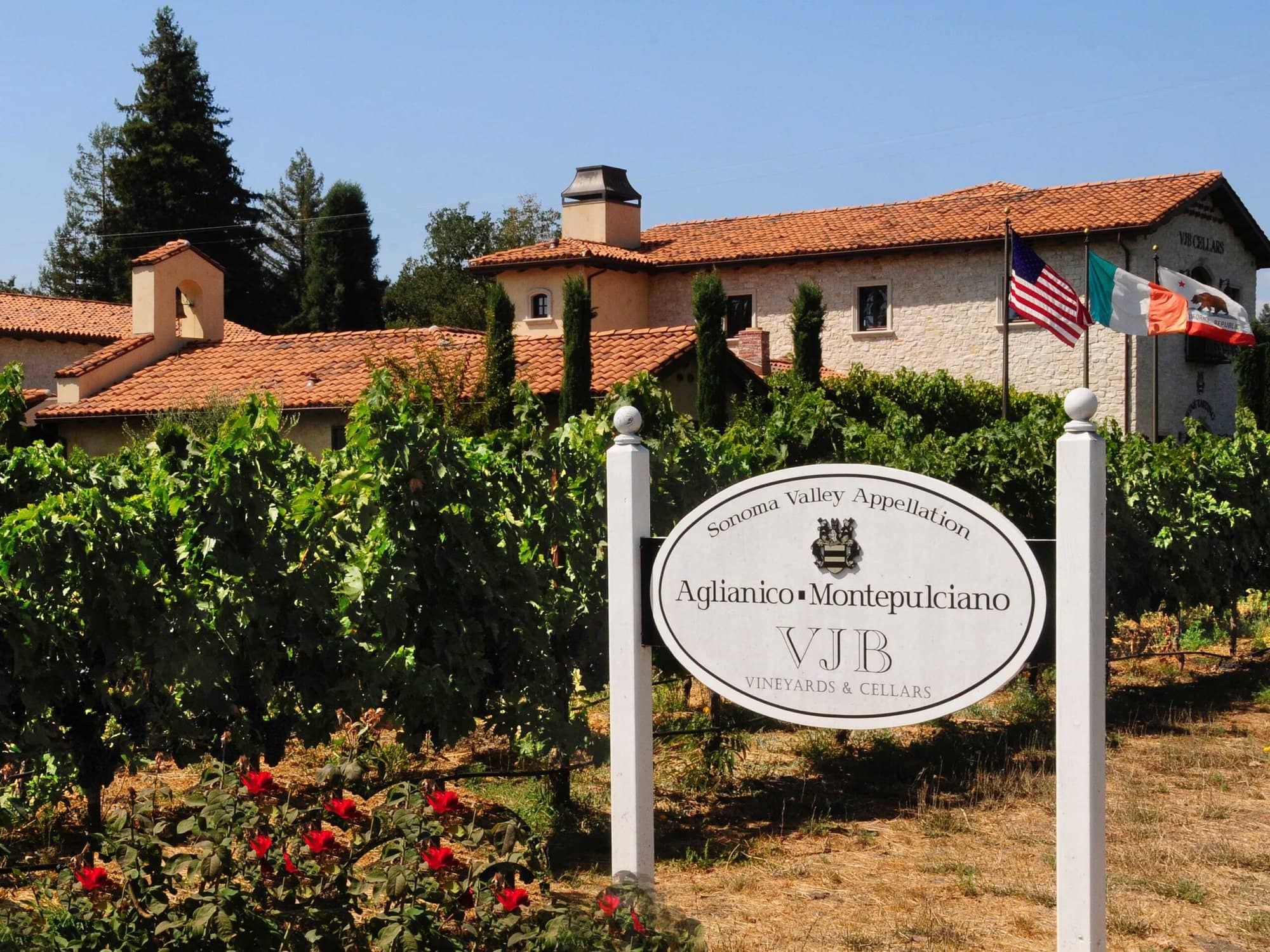
Montepulciano
While Montepulciano is one of the most widely planted red wine grapes in Italy, it’s much more rarely found planted in the United States, though its resistance to disease and drought have led to more vineyards experimenting with the grape.
The most commonly recognized Montepulciano wines are those from the Abruzzo region in Tuscany (not to be confused with Vino Nobile de Montepulciano, which is a Tuscan wine made with Sangiovese) but it is also planted in the Marche and Molise regions of Italy.
Wineries that make a Montepulciano in Sonoma County: Orsi Family Vineyards, Unti Vineyards, VJB Cellars

Ribolla Gialla
Originating from the Friuli-Venezia region in northeastern Italy, Ribolla Gialla is grown only in small quantities in its home region but can also be found in Slovenia and Greece (under different names). It is incredibly rarely planted in the United States.
This white native Italian grape is known for producing bright wines with citrus and floral characteristics. When used to make light-bodied white wines, Ribolla Gialla tends to be lean, bright, and aromatic. When fermented on its skins (to make a skin contact or orange wine), it can display more orange, nutty, and stonefruit or peach pit aromas and characteristics.
Wineries that make a Ribolla Gialla in Sonoma County: Deloach Vineyards, Bannister Wines

Sagrantino
Sagrantino has been grown for centuries in the central Italy region of Umbria.
Known for producing incredibly deeply colored, inky or dense, and tannic wines, Sagrantino is fuller-bodied than varieties like Sangiovese (normally though to be one of the fullest bodied red Italian grapes) and even more tannic than tannic varieties like nebbiolo. The grape’s thick skins and small berry size contribute to the wine’s density and tannic structure. Aromas and flavors can range from dark fruit, berries, and spices to earth and smoke.
As might be imagined, the recommended food pairings with a wine as deep, dark, and dense as Sagrantino are robust dishes with rich or strong flavors such as hearty venison stew, dishes with black truffles, smoked or charcoal-roasted meats, etc.
Very small quantities of Sagrantino are planted outside of Italy, including a miniscule amount in California (primarily Sonoma County).
Wineries that make a Sagrantino in Sonoma County: Orsi Family Vineyards, Unti Vineyard, DaVero Winery.
Written by Brooke Herron
This Is Wine Country.
Share your experience using #SonomaCounty or #LifeOpensUp
